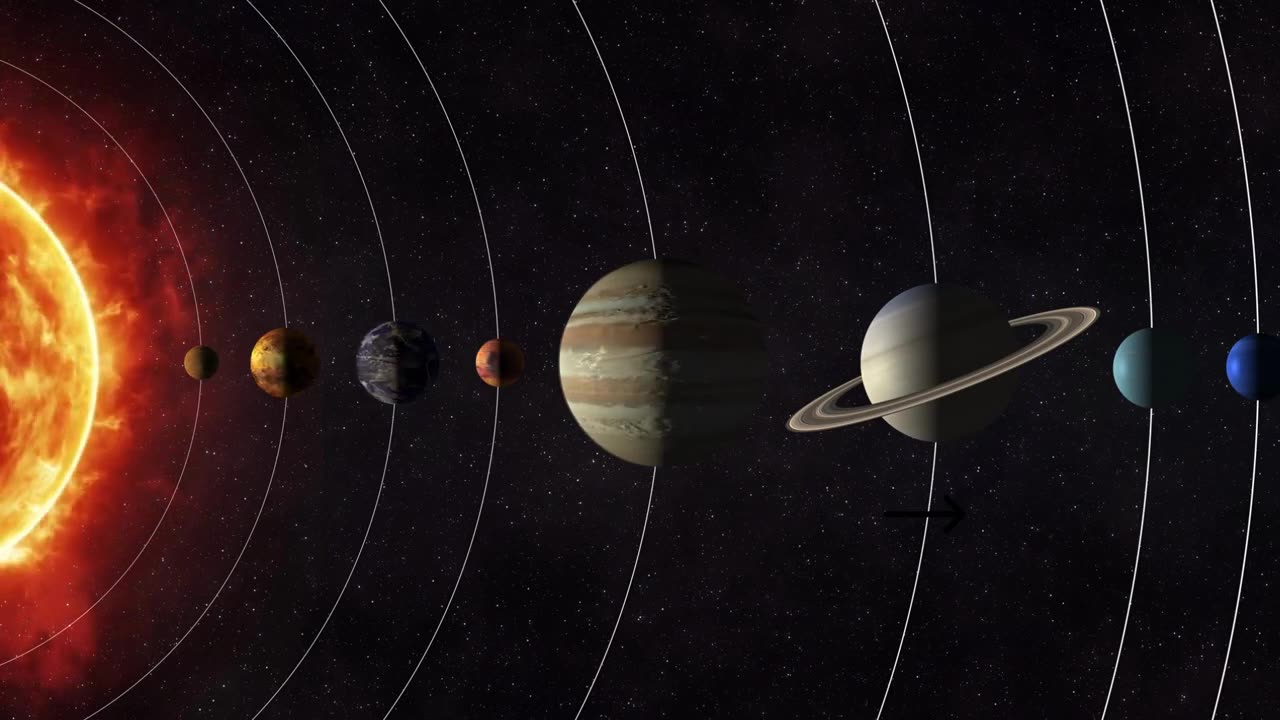Premium Only Content

Nuclear Fusion, How the Sun's energy is produced. Explained Simply
Let's take a look, at the nuclear fusion process, that naturally occurs in the sun, and the stars, in our truly magnificent universe.
Nuclear fusion is the main method used to produce energy in the Sun. Extremely high temperatures, and pressures, inside the Sun's core, provide a setting that is ideal for fusion. The proton-proton chain, is a common name for the fusion process that occurs in the Sun.
Here are the basic steps of the proton-proton chain.
1. Proton-Proton Fusion. In the first step of proton-proton fusion, two hydrogen nuclei, (or, protons) collide, thus, overcoming the electrostatic repulsion between them.
As a result of this occurrence, a proton, changes into a neutron, by a process known as beta-plus decay, emitting a positron and a neutrino in the process. The second proton is unaltered. Therefore, the end products of this reaction, is a deuterium nucleus, (which is one proton and one neutron), as well as a positron, and a neutrino.
2. Deuterium Capture. In the second step, a second proton is added to the deuterium nucleus created in the first step, to create a helium-3 nucleus,[ (two protons, and one neutron). A gamma-ray photon is released by this process. This brings us on to number 3.
Helium-3 Fusion. There are two possible routes for the helium-3 nucleus, created in the step explained. These are,
Path 1. Helium-3 Fusion. When two helium-3 nuclei collide, a helium-4 nucleus (which consists of two protons, and two neutrons), are produced, along with two protons. Two protons, two gamma-ray photons, and a significant quantity of energy, are released in this process.
Path 2. Helium-3 Capture. A helium-3 nucleus captures a helium-4 nucleus, in path two, to create a beryllium-7 nucleus, which contains four protons, and three neutrons. A gamma-ray photon is released by this process.
4. Beryllium-7 Decay. A lithium-7 nucleus, (which is three protons and four neutrons), is created when the beryllium-7 nucleus, generated in Path 2, experiences beta-minus decay. An electron, an antineutrino, as well as some energy, are released in this process.
The proton-proton chain, in its entirety, consists of a succession of fusion reactions that change hydrogen atoms into helium atoms, thus releasing energy in the form of gamma-ray photons, and other particles. Our solar system receives heat and light from the Sun thanks to this amazing energy.
The lithium-7 nucleus, does not directly take part in subsequent fusion processes within the Sun after the beryllium-7 decay. As was mentioned in the earlier steps of the proton-proton chain, the primary reactions in the Sun's core, involve the fusion of protons to generate helium nuclei.
-
 4:58
4:58
JUST A HOMELESS MAN
1 year agoLefties losing it: Howard Stern’s ‘bile-filled rant’ about Donald Trump
3501 -
 1:06:50
1:06:50
TheCrucible
3 hours agoThe Extravaganza! EP: 69 (12/03/25)
44.8K10 -
 1:08:49
1:08:49
Kim Iversen
2 hours agoEpstein Island: What's With The Creepy Medical Chair and Masks?
17.9K17 -
 23:54
23:54
Jasmin Laine
3 hours agoCarney’s WORST Day EVER—BOOED, Fact-Checked, and Forced to FLEE the House
4.64K7 -
 1:59:47
1:59:47
Redacted News
3 hours agoDeep State Coup Coming for Trump? New JFK Files Released and NATO Preparing Attack on Russia
134K58 -
 LIVE
LIVE
Dr Disrespect
8 hours ago🔴LIVE - DR DISRESPECT'S TRIPLE THREAT CHALLENGE - ARC RAIDERS • BF6 • FORTNITE
1,067 watching -
 1:00:57
1:00:57
Russell Brand
5 hours agoThe Vaccine Ideology Unmasked | Dr Peter McCullough - SF658
102K33 -
 1:11:25
1:11:25
vivafrei
4 hours agoKash Patel's Jacket-Gate! Pfizer Whistleblower Qui Tam on Appeal! Meanwhile in Canada! AND MORE!
54.4K39 -
 16:30
16:30
Clintonjaws
8 hours ago $5.50 earnedEntire Room Speechless as Pete Hegseth Snaps Destroying All Media To Their Face
26K13 -
 22:12
22:12
Dad Saves America
4 hours ago $0.37 earnedHow Greek Philosophers Created Western Civilization: The Death of Debate - Pt 2
12K2